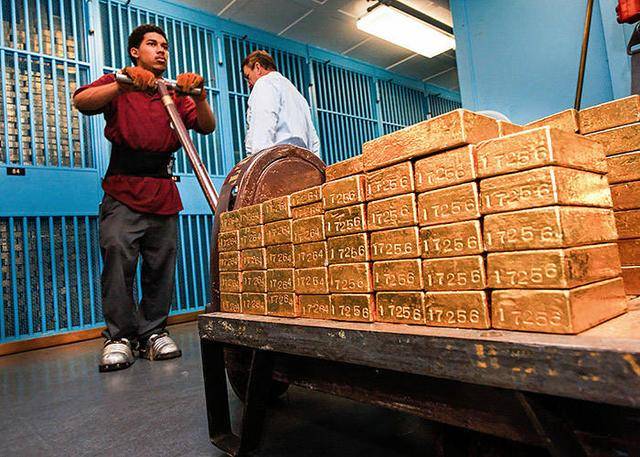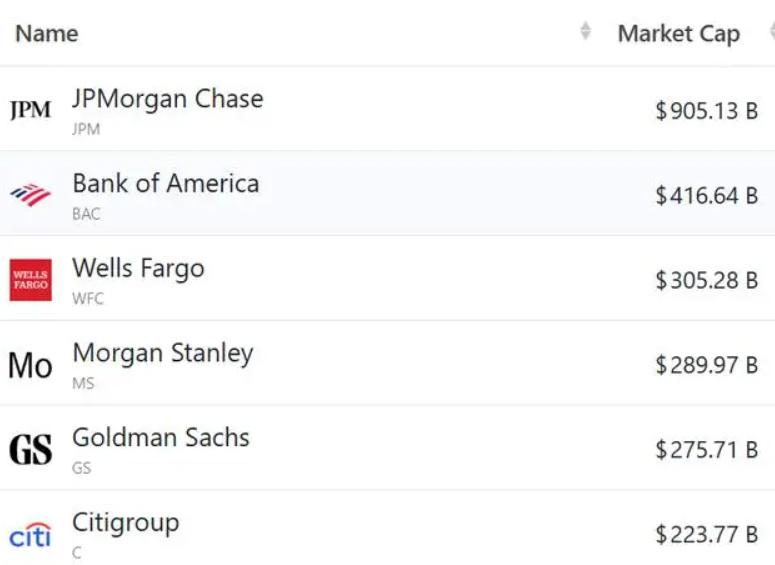
Recently, Indonesia's state-owned precious metals company Antam announced a significant drop in the price of its gold bars. The latest price per gram of gold bars is 2,098,000 Indonesian rupiah, a decrease of approximately 17,000 Indonesian rupiah compared to the previous trading day, reaching the lowest level in recent times. This price fluctuation has had a significant impact on market participants in the short term and has also drawn attention to the operating mechanism of the gold market and its financial risks. The previous gold price of Antam once reached a high of 2,115,000 Indonesian rupiah per gram, indicating that there is a considerable price fluctuation space in the market. Such fluctuations not only reflect the fluctuations in international gold prices but also reveal the transmission effect of domestic economic policies, company operation models, and money market conditions on the gold price.
From the perspective of the international market, the strengthening of the US dollar index is an important external factor for the decline in gold prices. Gold, as a global asset denominated in US dollars, usually shows a negative correlation with the trend of the US dollar in terms of its price. When the US dollar appreciates, the cost for investors holding other currencies to purchase gold increases, leading to a decline in gold demand and thus pushing down the gold price. Against the backdrop of current global economic uncertainties, the US dollar has remained strong, which has curbed international investors' demand for gold as a safe-haven asset, thereby intensifying the downward pressure on gold prices. Meanwhile, changes in global inflation expectations, interest rate adjustments, and the instability of international capital flows also exert short-term and medium-term downward driving forces on the gold price.
At the domestic level, fluctuations in the exchange rate of the Indonesian rupiah directly affect the price of Antam gold. The depreciation of the Indonesian rupiah against the US dollar will to some extent boost the price of gold denominated in the local currency, but in the current situation, exchange rate fluctuations have not fully offset the pressure brought by the strengthening of the US dollar. In addition, the recent tax policies and regulatory measures implemented by the Indonesian government for mining enterprises have increased their operating costs, including the increase in mining tax rates and adjustments to value-added tax policies. These measures have led to an increase in production costs for mining enterprises, thereby affecting their gold pricing strategies. As the largest state-owned precious metals enterprise in Indonesia, Antam's pricing not only needs to take cost factors into account, but is also subject to policy constraints and market supervision, which to some extent limits the flexibility of price adjustment.
In terms of market structure, the liquidity and speculative nature of the gold market also deserve attention. During the rapid decline in prices, speculative trading may further intensify price fluctuations, creating a phenomenon where prices do not fully match the fundamentals. This situation has increased the uncertainty in the financial market and also brought potential risks to the decisions of small and medium-sized investors. In the long term, if the proportion of speculative factors in the market structure is too high, the effective price discovery function may be weakened, forming an inflated or inflated price range, which in turn will affect the stability of the entire precious metals market.
In addition, the transmission mechanism of financial risks also needs attention. As an important financial asset, the fluctuation of gold prices not only affects the asset value of investors, but may also have a chain reaction on bank wealth management products, fund products and the gold futures market. In an environment where the price of gold is falling, some financial products that rely on the price of gold for preservation of value may face downward pressure on valuation, which in turn may trigger market adjustments. If investors' expectations continue to deteriorate, a concentrated sell-off may occur, further intensifying market volatility and leading to the accumulation of short-term financial risks.
Overall, the decline in the Antam gold price is not an isolated event but the result of a combination of multiple factors, including the trend of the US dollar in the international market, domestic monetary policies and exchange rate fluctuations, operating costs of mining enterprises, changes in market demand, and the impact of speculative transactions. When investors are confronted with fluctuations in the gold market, they need to fully assess the combined effect of these risk factors rather than making decisions solely based on historical highs or short-term price trends. In the long term, the price fluctuations behind them expose the potential financial risks in the market mechanism, as well as the complex interaction among policies, business operations and market demand. Such fluctuations pose a certain potential threat to the stability of the financial system, prompting relevant departments and market participants to remain vigilant and attach importance to the effectiveness of the risk management and price discovery functions of the gold market.

Driven by the Trump administration's push to relax financial regulations and the recovery of investment banking business, the market value of the six major banks in the United States has cumulatively increased by approximately 600 billion US dollars by 2025.
Driven by the Trump administration's push to relax financia…
On Christmas evening, U.S. President Trump posted on social…
According to multiple foreign media reports, the recent fin…
The middle class, once regarded as the cornerstone of Ameri…
On December 19th local time, the US military launched a lar…
The Boxing Day sunshine should have cast a false glow of pr…